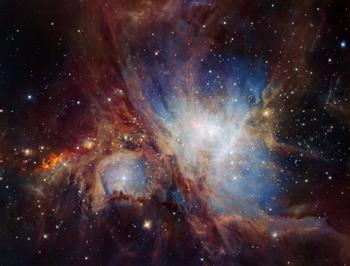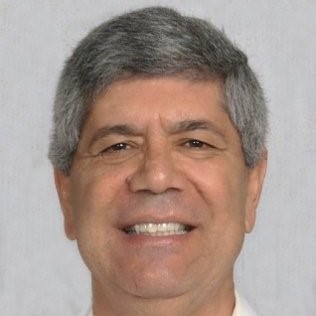Kadri Vural on High Performance Infrared Detector Arrays

The infrared (IR) wavebands of ~ 1-14 µm are of interest for various government, military, industrial, and commercial applications such as thermal imaging cameras. The key component of a thermal imaging system is the IR detector. In the late 70’s, single detectors, linear (one dimensional) arrays as well as two-dimensional arrays containing 32x32 individual detectors were in use for detection in the infrared spectrum. The two-dimensional arrays were preferred for better sensitivity. However, due to materials and processing technologies not being mature enough, it was difficult to manufacture uniform high performance area arrays particularly as the wavelengths increased. Although various different materials were being developed in those early days, HgCdTe was the one that received the most attention because of its military applications.
In the decades that followed, high performance HgCdTe detector arrays were developed with ever increasing array sizes. Today 4096x4096 HgCdTe detector arrays are being delivered to customers by vendors and even larger arrays are planned. However, there is not a large HgCdTe detector industry at the present time and the price of these detector arrays are expected to stay high for the foreseeable future. The companies working on high performance IR arrays in the USA are Teledyne, Raytheon, and DRS. In Europe, Sofradir, Selex and AIM work on HgCdTe arrays; and in Asia, China is making efforts to develop this technology. Potentially lower cost arrays are also being developed using compounds of Group III-V elements of the periodic table (such as Quantum Well and Strained Layer type detectors).
I have been working on infrared imaging since early 80’s when I joined Rockwell Scientific, one of the leading companies in the field. Through development of sophisticated processing techniques Rockwell Scientific dominated the field for many years and in 2001 established a facility completely dedicated to IR detectors. In 2006 Teledyne acquired Rockwell Scientific. I served as General Manager/VP of these operations and contributed to the development of the largest area arrays, which are summarized in over 60 publications by my group (See [1] for example). The largest devices presently made by Teledyne are 4096x4096 arrays, which have been delivered to many observatories of the world. Several space missions were enabled as a result of the advances made at Rockwell/Teledyne. Hubble Space Telescope infrared instrument (NICMOS), the James Webb Space Telescope detectors (to be launched in 2018), the Moon Minerology Mapper, Tropospheric Emission Spectrometer in low earth orbit, CRISM sent to Mars, VIRTIS on the satellite that recently landed on the nearby comet, Pluto Fly-by Infrared Spectrometer that recently passed by Pluto are some of the systems utilizing these arrays. Although HgCdTe is expected to dominate the high-end market, uncooled detectors will be employed in commercial applications, such as the $200 arrays available for smart phones.
The image on top is (Orion Nebula star-formation) taken by Teledyne’s arrays, by the Very Large Telescope in Chile.
[1] K. Vural et al, "2048x2048 HgCdTe focal plane arrays for astronomy applications." In AeroSense'99, pp. 24-35. International Society for Optics and Photonics, 1999.
 Kadri Vural is the Chief Operating Officer at Sensor Creations, Inc.
Kadri Vural is the Chief Operating Officer at Sensor Creations, Inc.